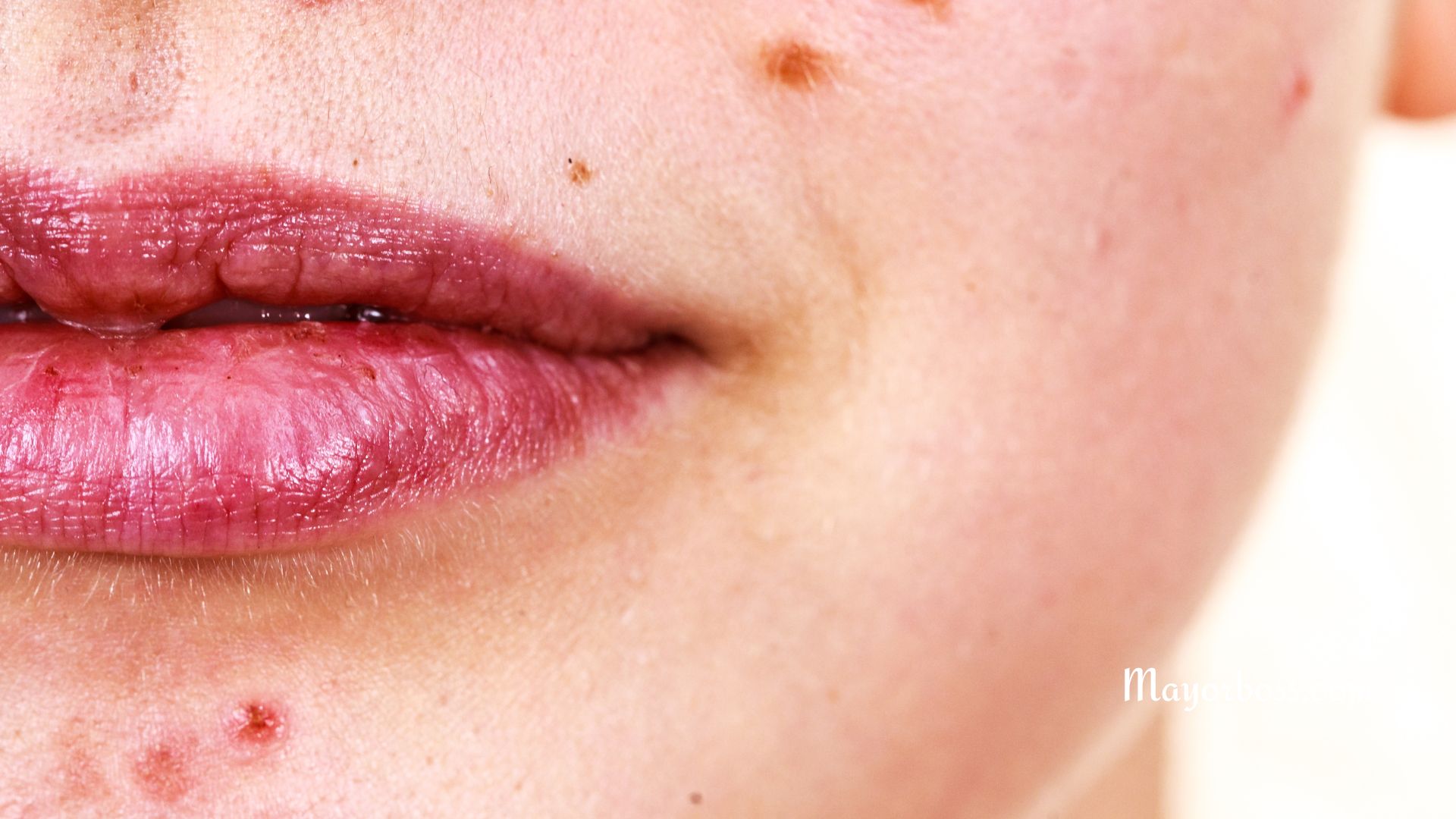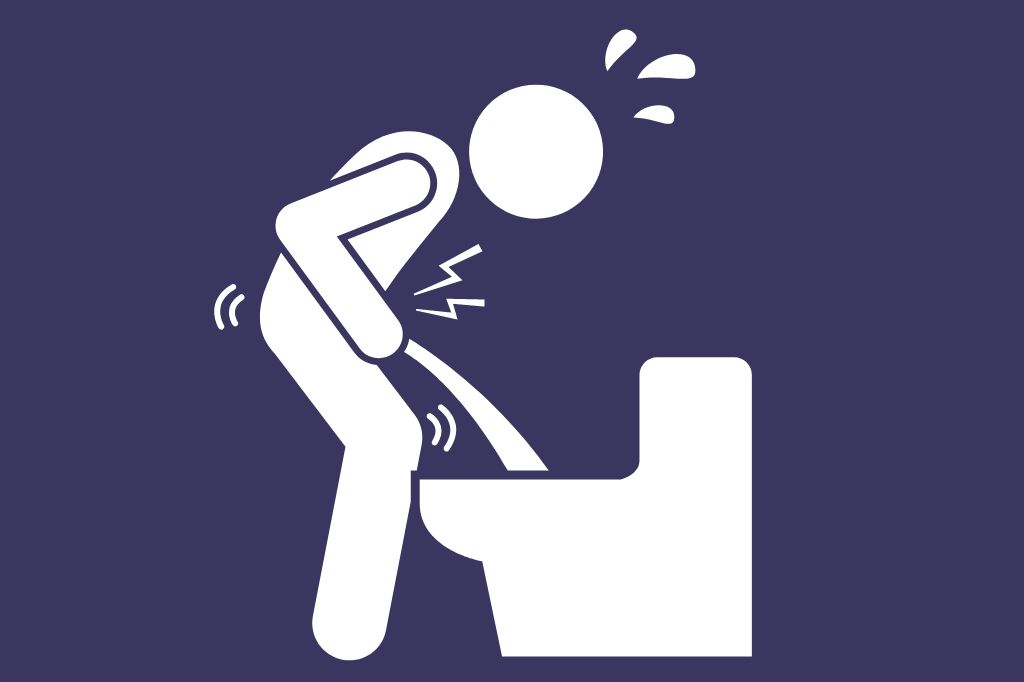Cat Scratch Disease: What You Need to Know
What is cat scratch disease? Cat Scratch Disease, often called “CSD,” is an infection caused by the bacterium Bartonella henselae. Most people contract this disease after being scratched or bitten by a cat that carries the bacteria. Symptoms usually include fever, fatigue, and swollen lymph nodes. While it’s generally not severe, it’s super important to know its causes, symptoms, and treatments.

How Do You Get Cat Scratch Disease?
You might be wondering how someone gets this disease. Well, it’s pretty straightforward. When a cat that has the bacteria Bartonella henselae in its system scratches or bites you, it can transfer the bacteria to you. Kitten scratches and bites are often more likely to lead to CSD since kittens are more likely to carry the bacteria and play rougher than adult cats.
Factors That Increase Risk
- Close Interaction with Cats: If you frequently play with cats, especially kittens, your risk is higher.
- Not Cleaning Wounds: Neglecting to clean and disinfect cat scratches or bites can increase the chances of infection.
Symptoms to Look Out For
Once you’ve been scratched or bitten, you might start to notice some signs of the disease. The onset of symptoms usually happens within 3-14 days after the scratch or bite. Here’s what you might experience:
- Swollen Lymph Nodes: This is a common symptom. The lymph nodes near the site of the scratch or bite can become enlarged and tender.
- Fever: A mild fever can accompany the infection.
- Fatigue: You might feel more tired than usual.
- Headache: Some people report headaches as a symptom.
- Pustule or Blister: At the site of the scratch or bite, a small pustule or blister might form.
Treating Cat Scratch Disease
Most cases of CSD are mild and resolve on their own without treatment. However, if you exhibit severe symptoms or if the symptoms persist for more than a few days, it’s crucial to see a doctor.
Medical Interventions
Doctors might prescribe antibiotics, especially if the infection is severe or if the patient has a weakened immune system. Since CSD can be more severe in people with suppressed immune systems, such as those undergoing chemotherapy or with HIV/AIDS, seeking medical attention is vital for these patients.
Prevention
Even though Cat Scratch Disease is not usually severe, prevention is always better than cure. Here’s how you can reduce your risk:
- Avoid Rough Play: Try not to play roughly with cats, especially kittens. This will reduce the chances of getting scratched or bitten.
- Clean Wounds Immediately: If a cat does scratch or bite you, wash the area immediately with soap and water. This simple step can drastically reduce the risk of infection.
- Avoid Stray Cats: Stray cats are more likely to be carriers of the bacteria. It’s safer to avoid close contact with them.
Wrapping It Up
In essence, Cat Scratch Disease is an infection that comes from the scratches or bites of infected cats. While it’s not usually a cause for major concern, being aware of its symptoms and taking steps to prevent it will keep you and your furry friends happy and healthy. If you ever suspect you have CSD, it’s always a good idea to consult with a medical professional to get the best advice and care.






